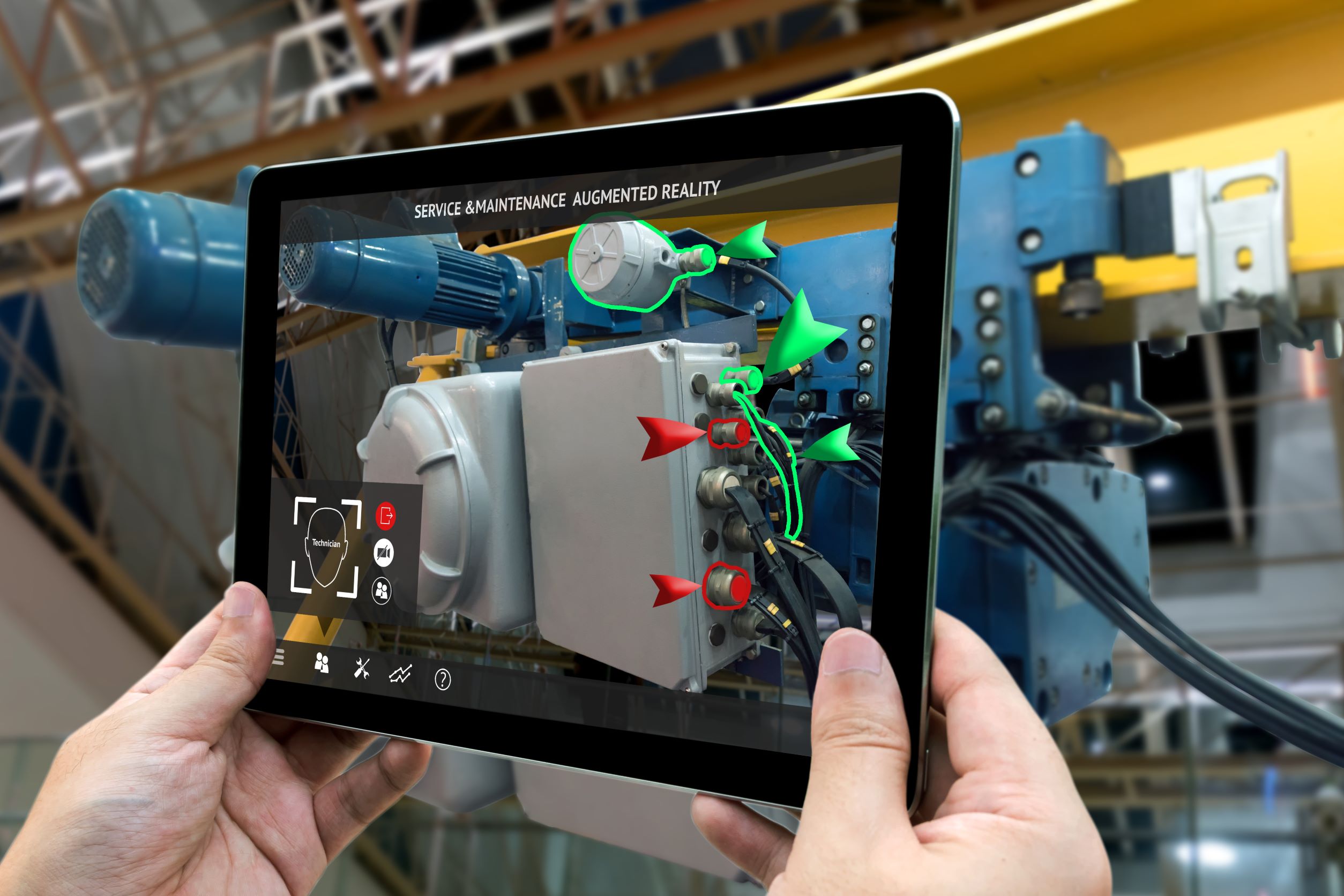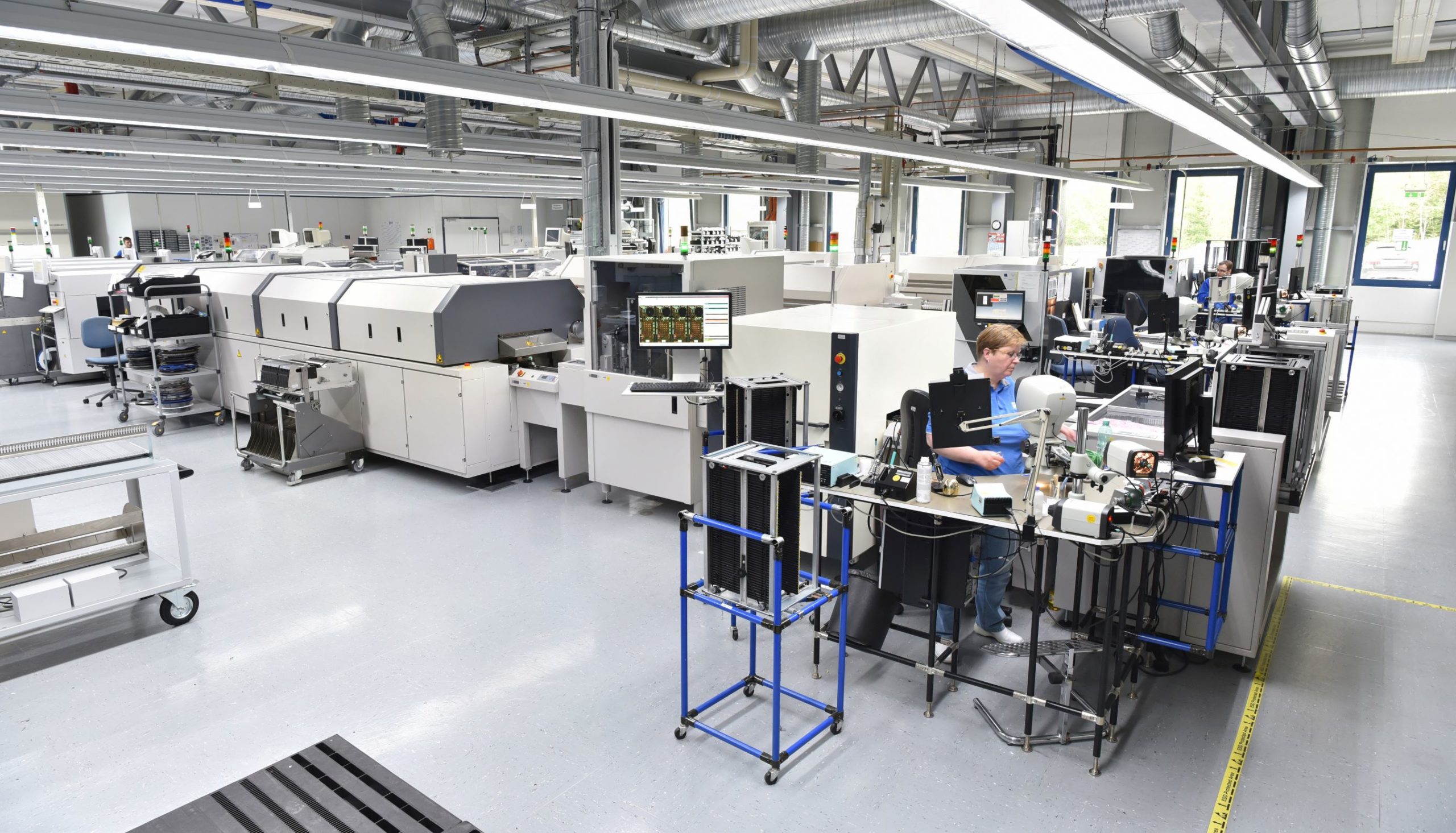Smart Maintenance maximises its value for the company by combining high asset effectiveness with low costs. We distinguish three main domains: (1) Reliability Management, (2) Reliability Improvement, and (3) Smart Maintenance.
1. Reliability Management
The domain of Reliability Management focuses on achieving the maximum reliability and availability of assets. In this domain, Maintenance and Production work hand in hand. They utilise the assets as intended and ensure that the necessary basic conditions are maintained. The quality of the interaction between Operators, Maintenance Technicians, and Maintenance Engineers determines the outcome.
Reliability Management is a combination of Corrective and Preventive/Condition-based Maintenance, where the behaviour of the assets, root causes of (potential) failures, performed maintenance work, and asset usage are carefully documented. There is a strong drive to continuously improve costs and efficiency within set frameworks. The insights provided by Reliability Management form the basis for Reliability Improvement
2. Reliability Improvement
Reliability Engineers and Engineers analyse the behaviour and usage of assets and enhance set frameworks by reducing the required maintenance of assets through improved maintenance routines, component redesign, and the introduction of new components. They prepare the organisation and assets for changing requirements, such as emissions and energy usage, as well as evolving market conditions, such as volume, product types, and the level of required flexibility.
3. Digital Maintenance
By utilising sensors and digital technologies, high-quality data becomes available, enabling the prediction of asset failure risks and the execution of maintenance precisely at the right time. Condition-based Maintenance transitions into Predictive Maintenance, which is carried out based on a forecast derived from the analysis and evaluation of critical parameters of asset degradation. A further step is to translate the prediction into a concrete recommendation for the best course of action – Precriptive Analystics
Other practical applications of digital tools within Maintenance include smart glasses, which allow technicians in the field to see where they need to perform which maintenance or to be remotely supported by specialists.
A Digital Twins of the installation support the preparation of maintenance work and are a useful tool to support communication with Production. Handheld devices, such as phones and tablets, provide work instructions and real-time information about spare parts, along with the ability to document performed work and observations immediately.
RFID codes are used for fast asset identification, direct access to work orders and fault history. An integrated CMMS (computerised maintenance management system) or add-ons ensure efficient work order management.






